Tokyo Treasures: A 3-Hour Adventure
Embark on a captivating journey through Tokyo's rich history and vibrant culture on this free walking tour, I have 3 hours to explore the city's gems!
Time
3 Hours
Stops
9 Places
Distance
7.0 km
Senso-ji Temple
Begin your journey at Tokyo's oldest temple, Senso-ji, a vibrant and bustling spiritual site that offers a glimpse into Japan's rich cultural heritage.
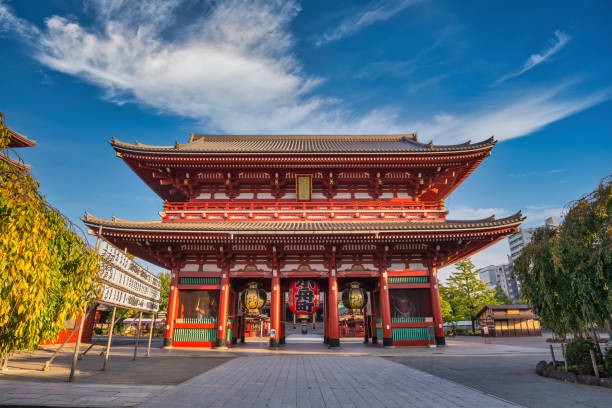
Senso-ji Temple (Source: Google Maps)
Senso-ji Temple, Tokyo's oldest and most revered temple, dates back to 645 AD. This iconic site is dedicated to Kannon, the Buddhist goddess of mercy. The temple complex features the famous Kaminarimon Gate, adorned with a giant red lantern, and a bustling shopping street called Nakamise-dori, where visitors can purchase traditional snacks and souvenirs. Senso-ji is not just a religious site but a cultural hub, attracting millions of visitors annually who come to pray, admire its stunning architecture, and participate in seasonal festivals. The temple's main hall, reconstructed after World War II, showcases intricate woodwork and beautiful decor, reflecting traditional Japanese craftsmanship. The serene atmosphere amidst the vibrant surroundings makes Senso-ji a must-visit for those seeking to understand Japan's spiritual heritage.
Sumida Park
Walk along the scenic Sumida Park, offering beautiful views of the Sumida River and Tokyo Skytree, ideal for a leisurely stroll.
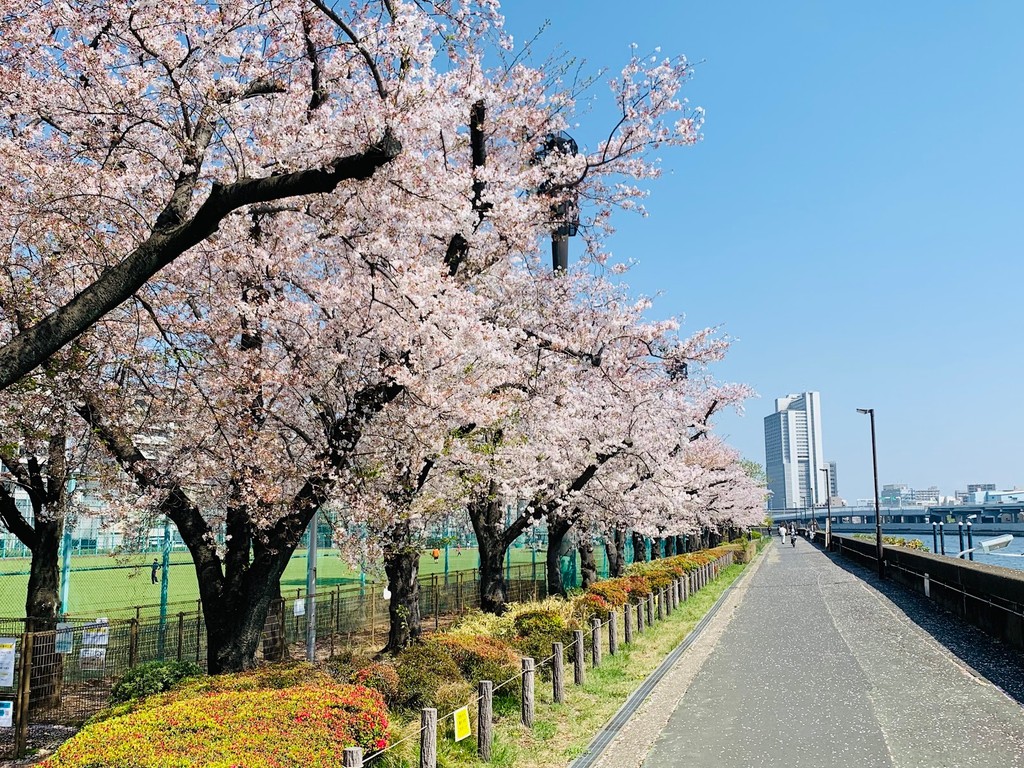
Sumida Park (Source: Google Maps)
Sumida Park is a picturesque urban oasis that stretches along the Sumida River, offering a serene escape from Tokyo's bustling streets. Established during the Edo period, the park is renowned for its cherry blossom trees, making it a popular hanami (flower viewing) spot each spring. Visitors can enjoy scenic views of the river and the iconic Tokyo Skytree, which serves as a stunning backdrop. The park features walking paths, open spaces, and traditional Japanese landscaping, creating a harmonious blend of nature and urban life. Various events and festivals are held here throughout the year, including fireworks displays in summer. The park's rich history and cultural significance are evident in its well-maintained gardens and the presence of historic monuments, making it a perfect place to relax and soak in the beauty of Tokyo.
Tokyo Skytree
Marvel at the Tokyo Skytree, the tallest structure in Japan, and enjoy the panoramic views of the city from its observation decks.
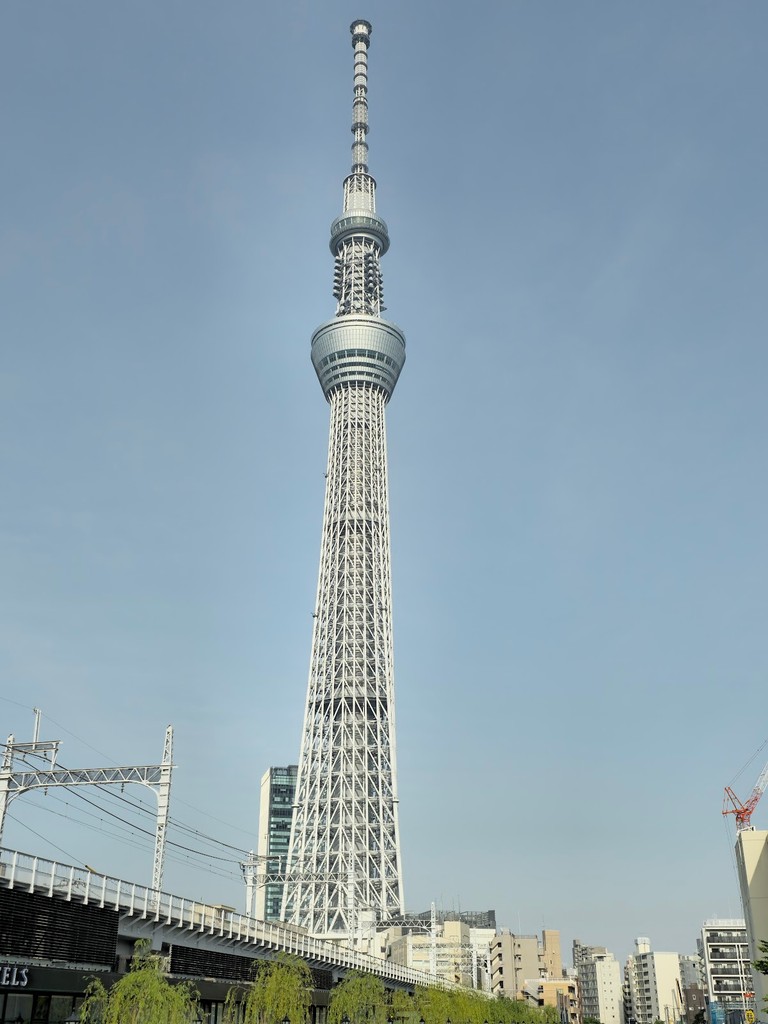
Tokyo Skytree (Source: Google Maps)
Tokyo Skytree, standing at 634 meters, is the tallest structure in Japan and the second tallest in the world. Completed in 2012, it serves as a broadcasting tower and a major tourist attraction. Its unique design, inspired by traditional Japanese pagodas, combines modern engineering with cultural aesthetics. The two observation decks offer breathtaking panoramic views of Tokyo, allowing visitors to see landmarks such as Mount Fuji on clear days. The Skytree complex also includes shopping, dining, and entertainment options, making it a vibrant hub for locals and tourists alike. The tower is illuminated at night, creating a stunning visual centerpiece in Tokyo’s skyline. Additionally, the Skytree is a symbol of the city’s resilience and innovation, representing the blend of tradition and modernity that defines Tokyo.
Solamachi Dining
Head to Solamachi Dining near Tokyo Skytree for a quick bite, where you can find a variety of Japanese and international cuisines.
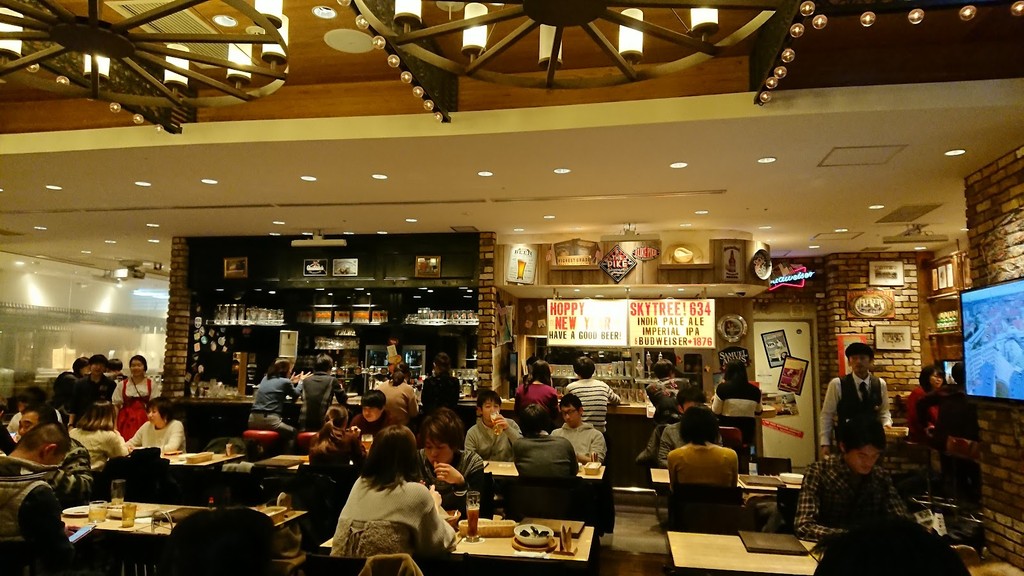
Solamachi Dining (Source: Google Maps)
Nakamise Shopping Street
Just outside Senso-ji, explore Nakamise Shopping Street, where you can enjoy traditional snacks and shop for souvenirs in a lively atmosphere.
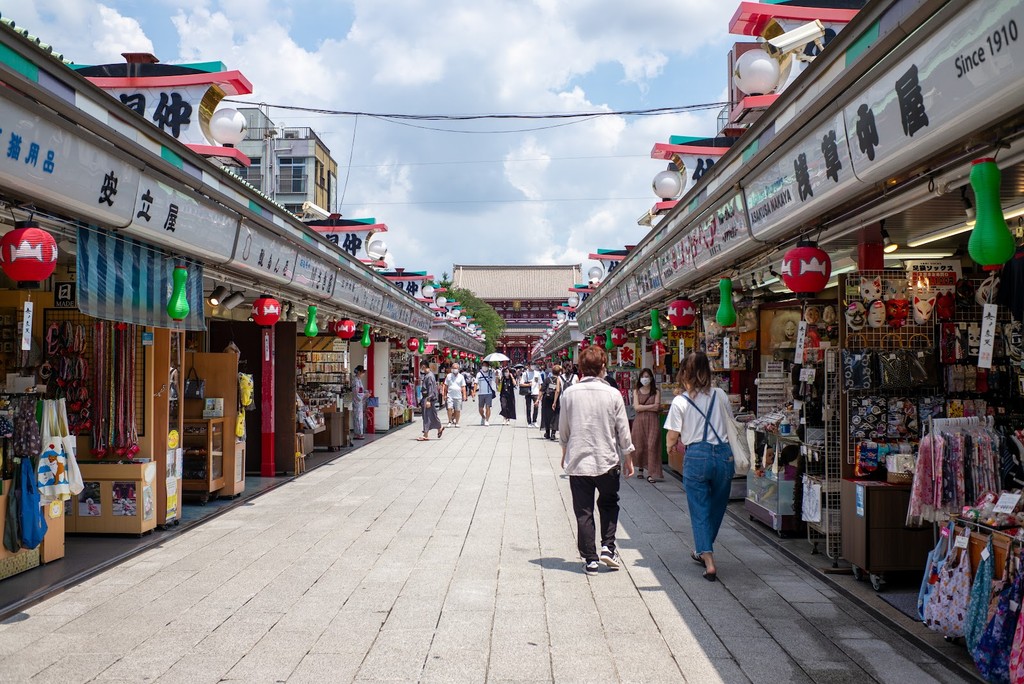
Nakamise Shopping Street (Source: Google Maps)
Nakamise Shopping Street is a historic shopping avenue leading up to Senso-ji Temple, one of Tokyo's oldest temples. This vibrant street is lined with over 90 shops, offering a variety of traditional snacks, souvenirs, and crafts. Visitors can sample delectable treats such as ningyo-yaki (small cakes filled with red bean paste) and freshly made senbei (rice crackers). The street's origins date back to the Edo period, serving as a place for pilgrims to shop on their way to the temple. The atmosphere is lively, with vendors calling out to passersby and the aroma of street food filling the air. Nakamise is not only a shopping destination but also a cultural experience, where visitors can immerse themselves in the local traditions and crafts. The colorful stalls and friendly vendors create a warm and inviting environment, making it a highlight of any visit to Asakusa.
Asakusa Kagetsudo
Indulge in a sweet treat at Asakusa Kagetsudo, famous for its delicious melon bread, a perfect snack to keep you energized as you continue your tour.
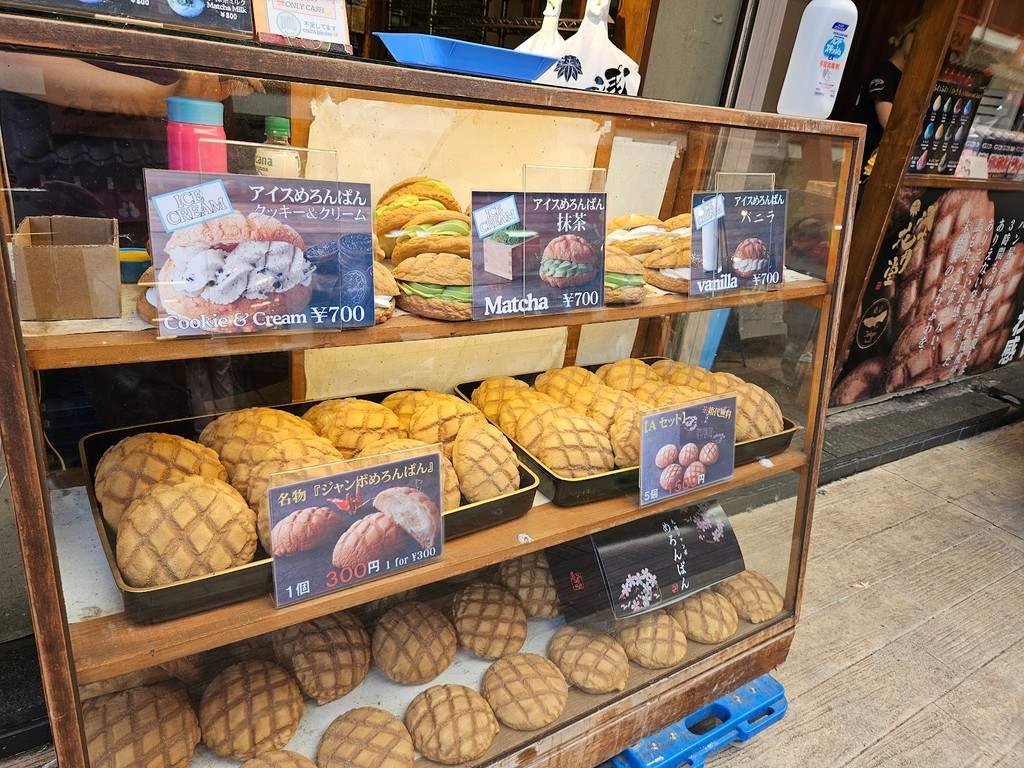
Asakusa Kagetsudo (Source: Google Maps)
Kappabashi Street
Explore Kappabashi Street, known for its kitchenware shops and unique plastic food models, a fascinating insight into Japanese culinary culture.
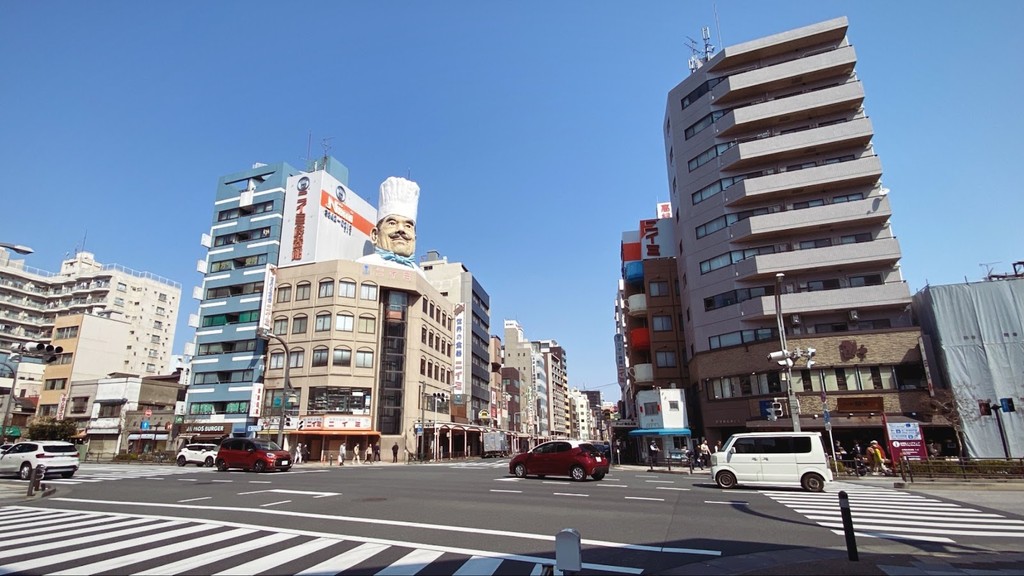
Kappabashi Street (Source: Google Maps)
Kappabashi Street, also known as Kitchen Town, is a unique shopping district in Tokyo dedicated to culinary arts. This street is famous for its numerous shops selling kitchenware, restaurant supplies, and plastic food replicas. Established in the early 20th century, Kappabashi has become a go-to destination for chefs, restaurateurs, and food enthusiasts looking for high-quality kitchen tools and decorative items. The plastic food models displayed outside restaurants originated here, showcasing Japan's attention to detail and perfectionism in food presentation. Visitors can explore a wide range of products, from professional-grade knives to traditional ceramics. The street also features quirky shops and cafes, making it an interesting place to wander and discover the intricacies of Japanese culinary culture. Kappabashi Street offers insights into the vibrant food scene that defines Tokyo, making it a must-visit for anyone interested in gastronomy.
Ueno Park
Conclude your tour at Ueno Park, a spacious public park home to museums, a zoo, and beautiful cherry blossoms in spring.
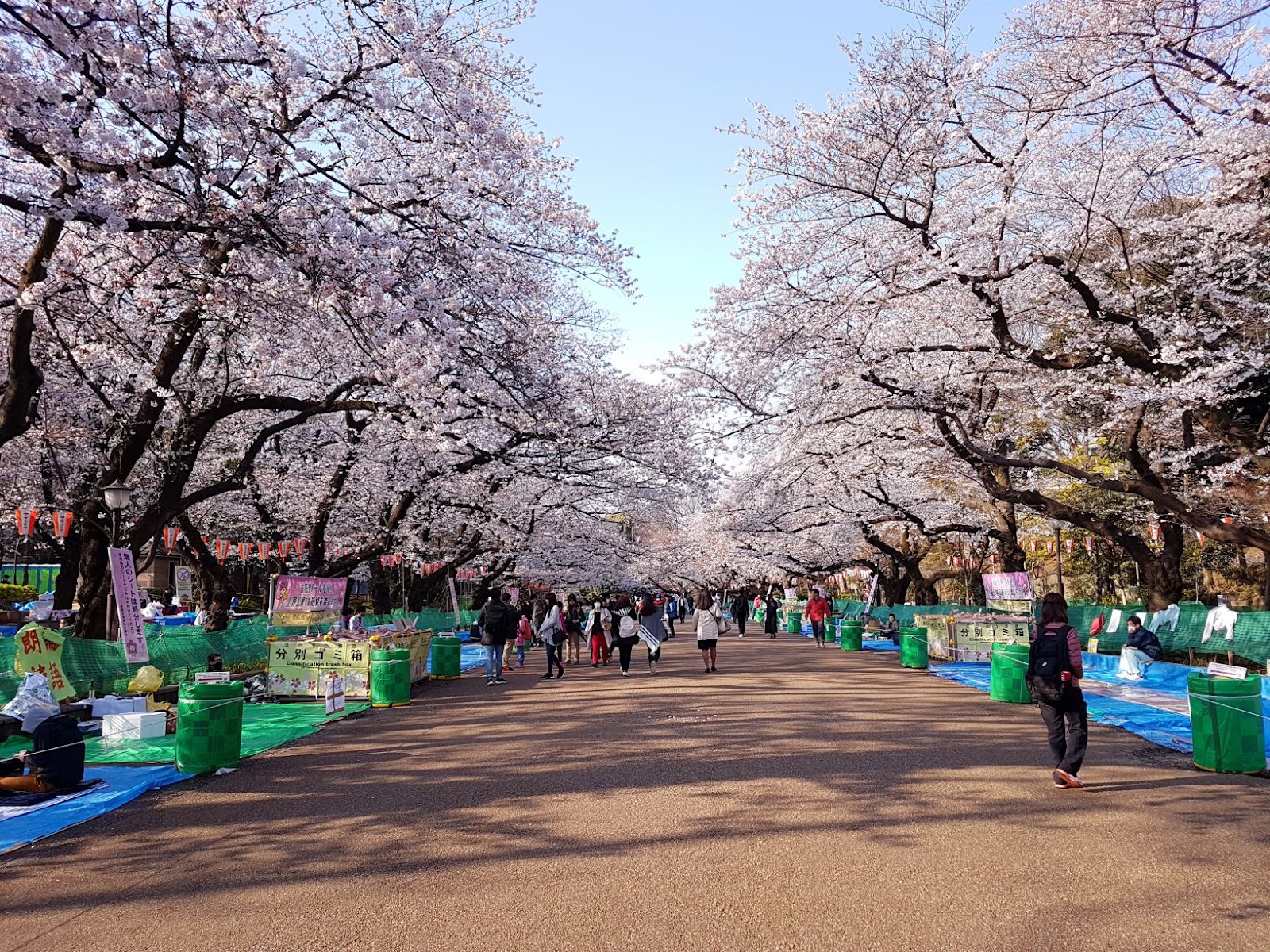
Ueno Park (Source: Google Maps)
Ueno Park is one of Tokyo's largest and most popular public parks, covering over 130 acres. Established in 1873, it was the first public park in Japan and is home to numerous museums, a zoo, and beautiful gardens. The park is particularly famous for its cherry blossoms, attracting thousands of visitors during the sakura season each spring. Within the park, you can find cultural institutions like the Tokyo National Museum, which houses an extensive collection of Japanese art and antiquities, and the Ueno Zoo, which is home to giant pandas and various other species. Ueno Park also hosts various festivals and events throughout the year, celebrating art, music, and culture. The tranquil ponds and lush greenery provide a peaceful retreat from the urban hustle, making it an ideal spot for picnics, leisurely strolls, and cultural exploration.
Ueno Tōshō-gū Shrine
Visit the historic Ueno Tōshō-gū Shrine within Ueno Park, dedicated to Tokugawa Ieyasu, the founder of the Tokugawa shogunate.
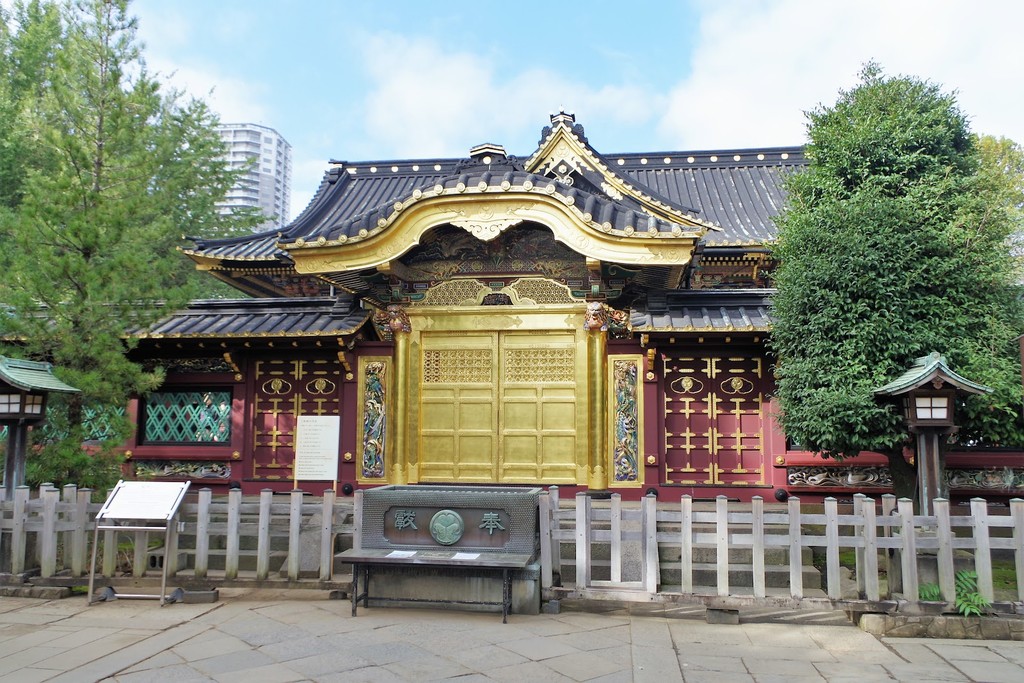
Ueno Tōshō-gū Shrine (Source: Google Maps)
Ueno Tōshō-gū Shrine is a historic Shinto shrine located within Ueno Park, dedicated to Tokugawa Ieyasu, the founder of the Tokugawa shogunate. Established in 1627, the shrine is a part of the larger Ueno Park, which was once the site of the Kan'ei-ji Temple, an important temple during the Edo period. The shrine is known for its beautiful architecture, featuring intricate carvings and vibrant colors that reflect the grandeur of the period. It houses several important cultural properties, including a stunning wooden torii gate and decorative lanterns. The shrine is a place of worship and a cultural landmark, where visitors can learn about Japan's feudal history and the legacy of the Tokugawa shogunate. The serene atmosphere, coupled with the surrounding greenery, makes Ueno Tōshō-gū Shrine an essential stop for those seeking to understand Tokyo's historical and cultural roots.

Your travels, your rules.
Create your own Free Walking Tours.
Set your preferences, distances and anything you want to do or see.
Completely free, no payment required.